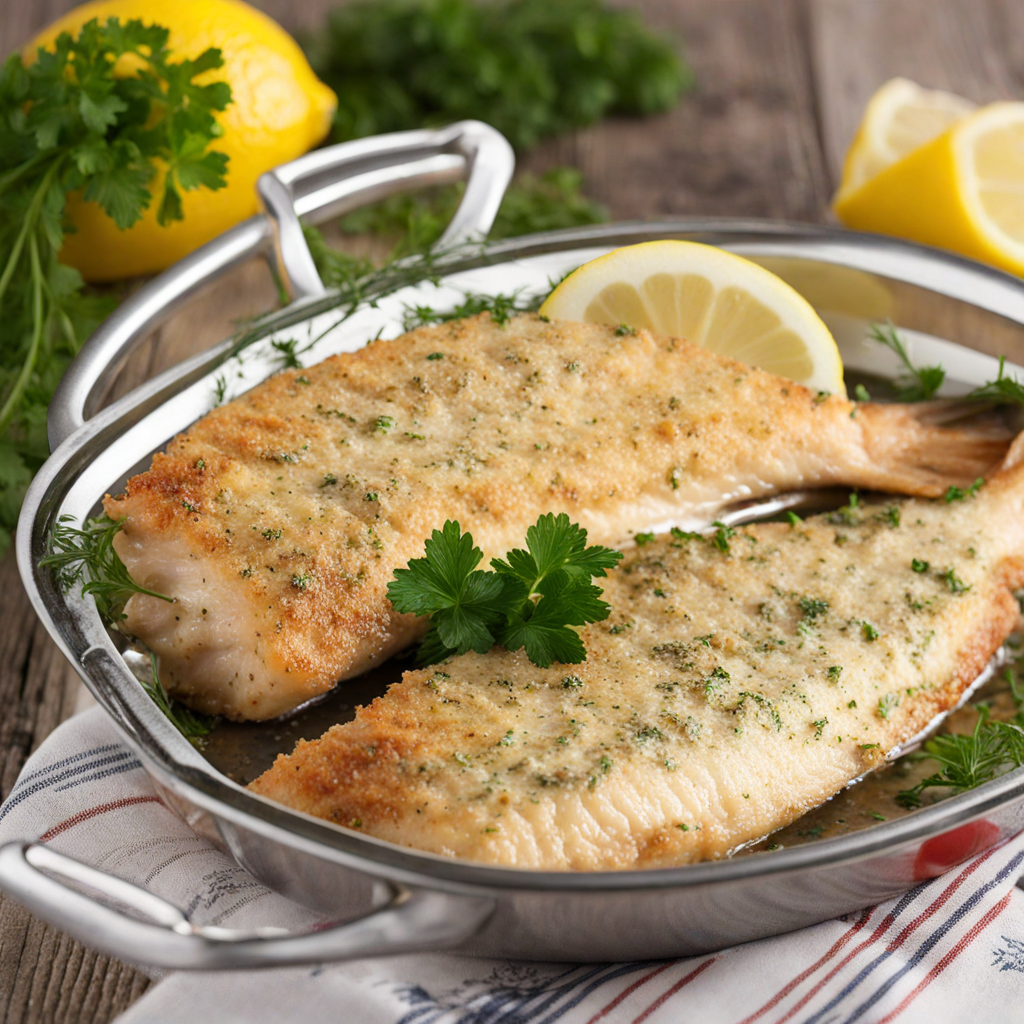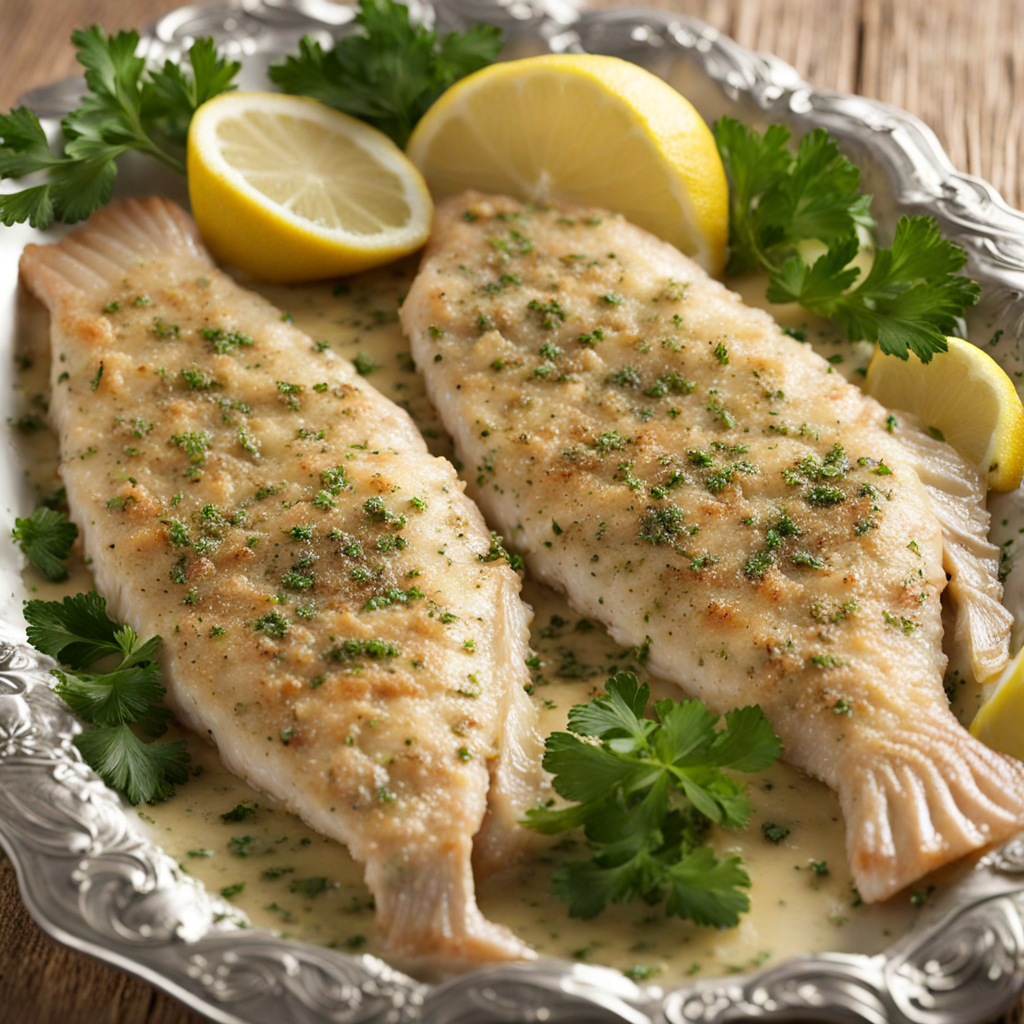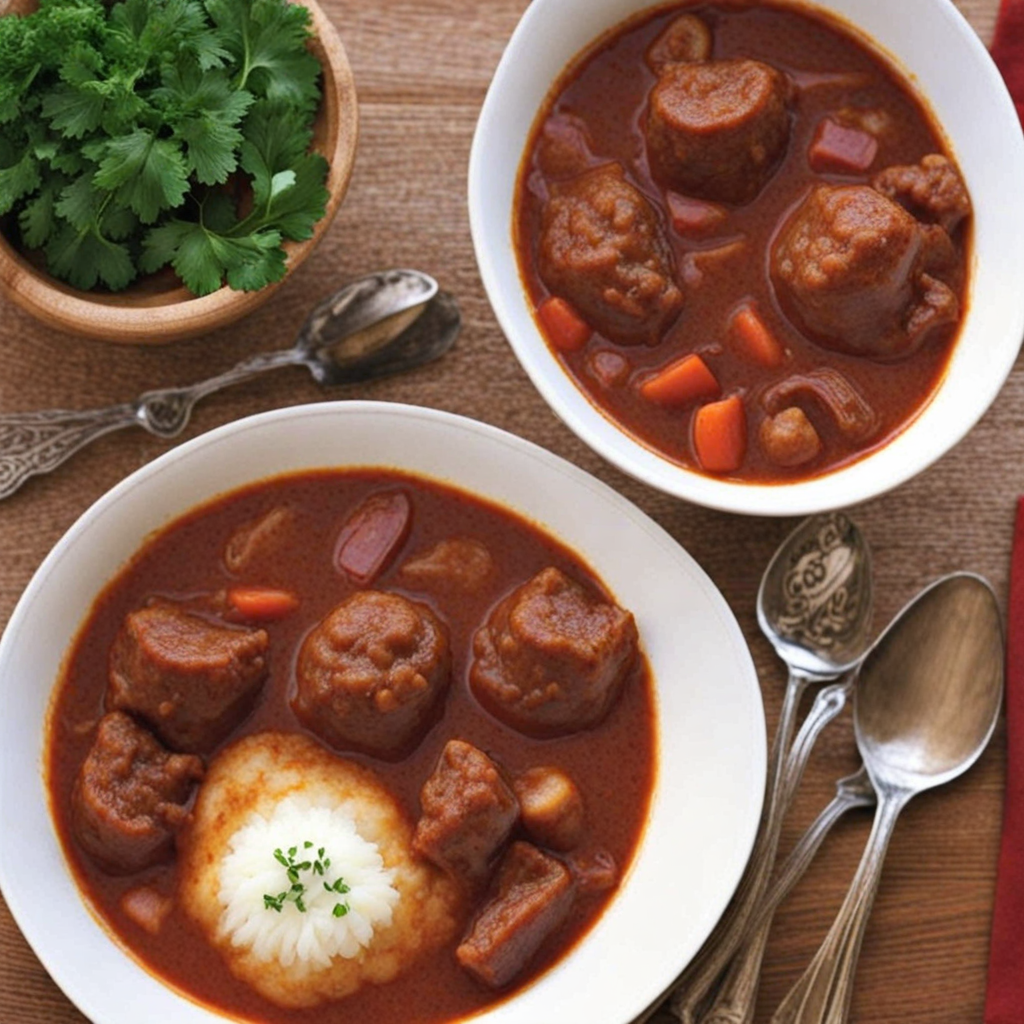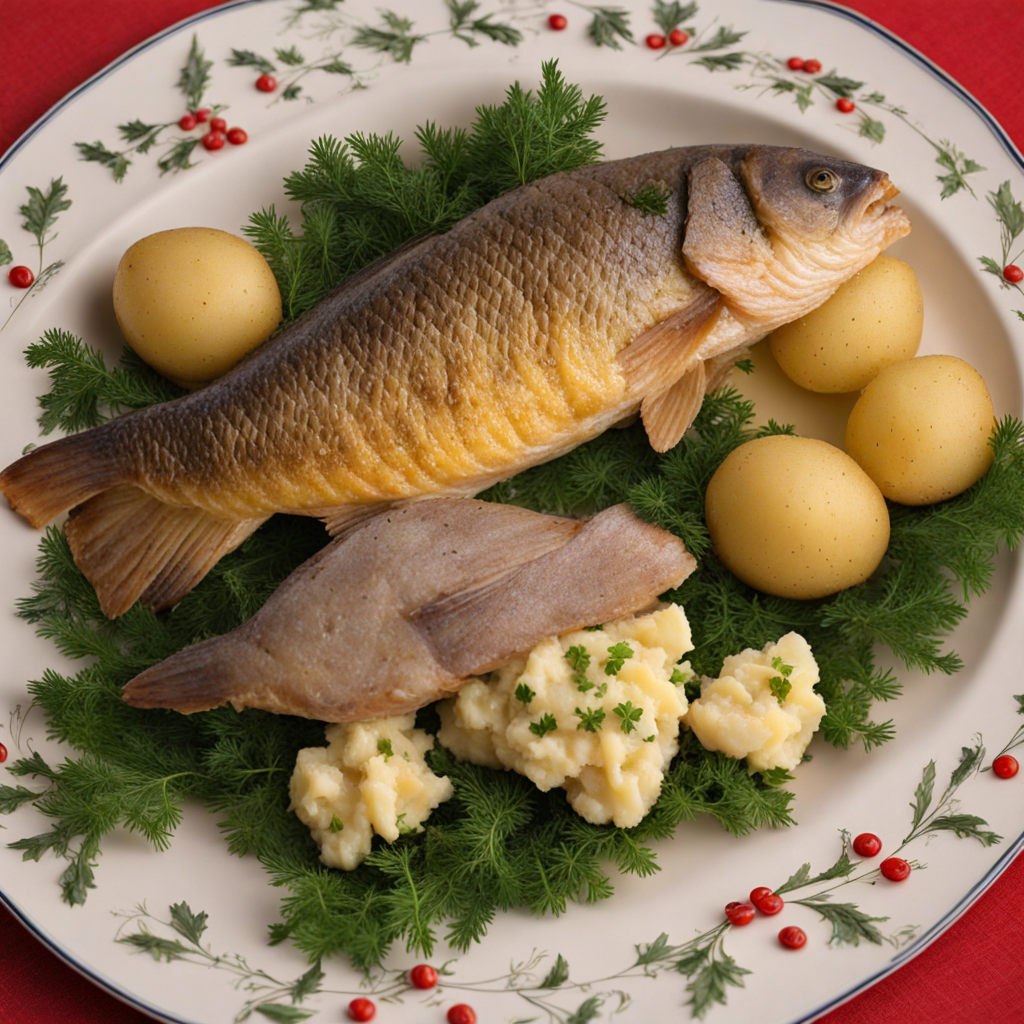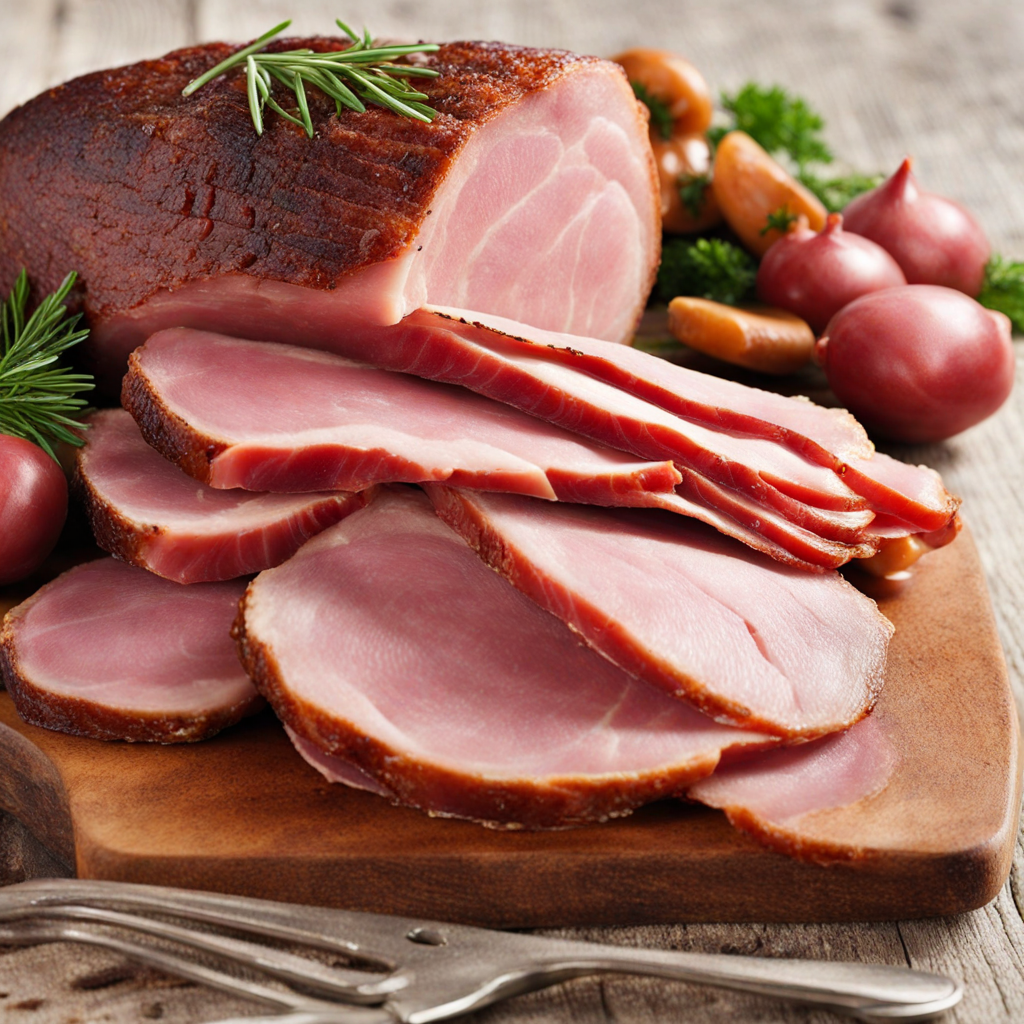Baked Minced Fish
Baked Minced Fish, a delightful dish hailing from the Czech Republic, offers a unique blend of flavors and textures that tantalize the palate. This dish showcases finely minced fish, often a mix of local varieties such as pike or carp, seasoned with aromatic herbs and spices. The fish is combined with a medley of ingredients such as breadcrumbs, onions, and garlic, which not only enhance the taste but also provide a satisfying texture. The mixture is then shaped into small patties or loaves, ready to be enveloped in a golden crust when baked, creating a delectable contrast between the tender fish filling and the crispy exterior.
The baking process allows the flavors to meld beautifully, resulting in a rich, savory profile that is both comforting and satisfying. As the fish cooks, the natural oils and fats develop, imparting a moistness to the dish that keeps each bite juicy. Commonly served with a side of creamy potato salad or a fresh cucumber salad, Baked Minced Fish is a perfect representation of Czech home cooking, where simplicity meets heartiness.
How It Became This Dish
The History of 'Ryba na Másle': A Culinary Tradition of the Czech Republic Introduction Among the many culinary treasures of the Czech Republic, 'Ryba na másle,' or fish in butter, stands out not only for its delightful taste but also for its rich cultural history that reflects the Czech people's relationship with water, agriculture, and changing socio-economic conditions. This dish embodies the intersection of tradition, seasonal eating, and the deep-rooted cultural significance of fish in Czech cuisine. Origins The origins of 'Ryba na másle' can be traced back to the medieval period in Bohemia and Moravia, where fish was a staple food, especially among those living in proximity to rivers, lakes, and ponds. The Czech lands are dotted with numerous water bodies, and the abundance of freshwater fish, particularly carp, pike, and perch, made it an accessible source of protein. In the Middle Ages, the Catholic Church influenced eating habits significantly, with numerous fasting days requiring the faithful to abstain from meat. Fish became a popular substitute during these periods, leading to the development of numerous fish-based recipes. The earliest known references to fish dishes in Czech cookbooks date back to the 15th century, with 'Ryba na másle' appearing in various forms. The method of preparation—cooking fish in butter—highlights the influence of the broader European culinary tradition, especially the French, where butter was a prized ingredient. The combination of simple, fresh ingredients with cooking techniques that enhance flavor without masking the natural essence of the fish became a hallmark of Czech cuisine. Cultural Significance 'Ryba na másle' holds a special place in Czech culture, particularly during the Christmas season. Traditionally, carp is the fish of choice, often purchased live and kept in the family bathtub in the days leading up to Christmas Eve. This practice not only connects families to the preparation of the meal but also emphasizes the importance of fish in Czech holiday traditions. The dish is usually served alongside potato salad, which has become a quintessential part of the Czech Christmas dinner. The ritual of preparing 'Ryba na másle' is more than just a culinary practice; it represents a time of gathering, family, and celebration. The meal brings together generations, with recipes often passed down from grandmother to mother to children. The act of cooking, especially in the context of a holiday feast, fosters a sense of community and continuity, allowing families to connect with their heritage and each other. Development Over Time As the Czech Republic transitioned through various historical phases—from the Austro-Hungarian Empire to the rise of communism and beyond—the culinary landscape evolved, impacting dishes like 'Ryba na másle.' In the 19th century, the industrial revolution brought about changes in food production and availability. The introduction of new preservation methods, such as refrigeration, expanded access to fish and other ingredients. Consequently, 'Ryba na másle' began to appear in restaurants and homes across the nation, adapting to modern tastes while maintaining its traditional roots. By the mid-20th century, during the communist era, the availability of ingredients became more uniform, leading to a homogenization of many traditional dishes. However, 'Ryba na másle' retained its significance as a comfort food and a symbol of home cooking. With the fall of communism in 1989, a culinary renaissance took place in the Czech Republic. Chefs began to explore and reinterpret traditional recipes, including 'Ryba na másle.' Innovative approaches emerged, incorporating different types of fish, herbs, and spices, allowing for a fusion of traditional and contemporary cuisine. In recent years, there has been a resurgence of interest in local and sustainable food practices, with chefs advocating for the use of locally sourced fish. This movement aligns with the growing awareness of environmental issues and the importance of supporting local economies. As a result, 'Ryba na másle' has experienced a revival, with modern interpretations featuring seasonal vegetables and artisan butter, showcasing the best of Czech produce. Modern Interpretations Today, 'Ryba na másle' can be found on the menus of both traditional Czech eateries and contemporary restaurants. Chefs often highlight the freshness of the fish and experiment with flavor pairings that elevate this humble dish. Some versions may include sauces made from local herbs, citrus elements, or even a hint of spice, providing a modern twist while respecting the dish's heritage. In addition to its culinary evolution, 'Ryba na másle' serves as a canvas for storytelling. Each cook brings their own background, memories, and creativity to the dish, making it a personal and communal experience. Local food festivals and cooking classes often feature this dish, educating younger generations about its history and significance. Conclusion 'Ryba na másle' is more than just a dish; it is a narrative woven into the fabric of Czech culture. From its medieval origins to its role in Christmas traditions, and its evolution through historical changes, this dish reflects the resilience and adaptability of Czech cuisine. As contemporary chefs continue to reinterpret 'Ryba na másle,' they honor its legacy while pushing the boundaries of culinary creativity. In a world that is increasingly moving towards globalization, 'Ryba na másle' stands as a symbol of local identity and cultural heritage. It reminds us of the importance of food as a means of connection, not just to our ancestors but to our communities and to the environment. As this dish continues to be celebrated and adapted, it ensures that the rich culinary history of the Czech Republic remains alive and thriving for generations to come.
You may like
Discover local flavors from Czech Republic


